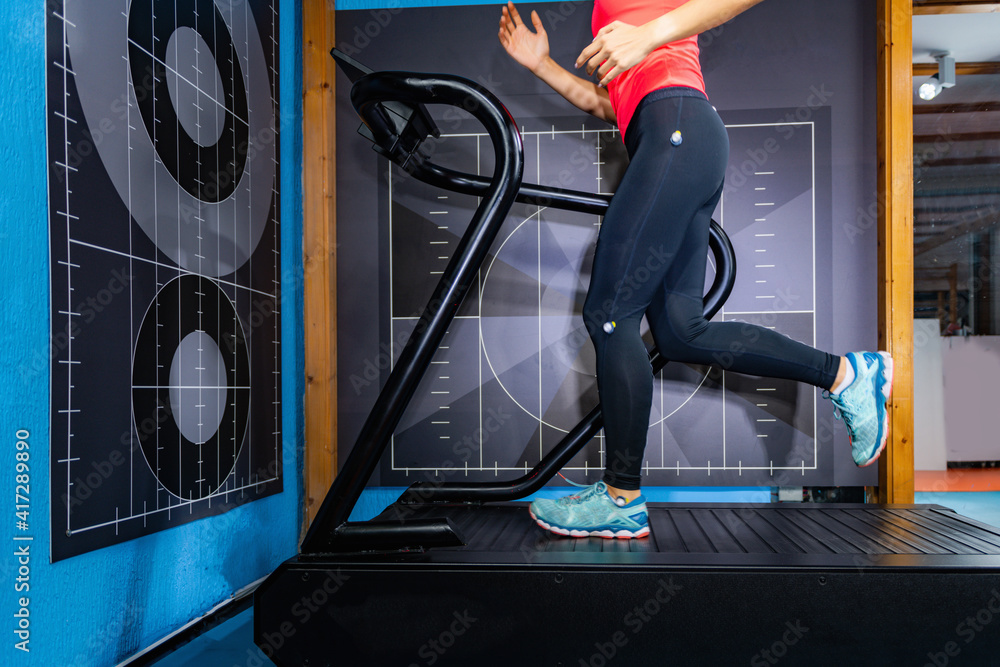What I Learned From Impostor Syndrome
Mar 09, 2023
I like to think I’m a pretty confident person but I found myself feeling insecure when I started analyzing runner’s gait. I couldn’t help but think to myself that I wouldn’t be able to find the accurate gait deviations, provide appropriate recommendations to fix their pain and running form or worst of all that the runner would know more about their running form than I did. These feelings were compounded by the fact that I was charging the runner $250 per analysis and that I was a new PT just starting in a small practice. Ultimately I gained the confidence to help my runners and learned some valuable lessons along the way. One such lesson goes against the old adage of “fake it until you make it”.
Runners Don’t Know As Much As You Think
What I found most intimidating when working with runners was the fear that they might know more about their running form and gait than I did. In fact this fear came true for me several times when runners would ask me about preferred training approaches, running shoes and running form techniques. As I became more experienced in running gait analysis I started to tune out the “white noise”. I realized that while there are many different sources of running related information, not all of them are evidence based. Actually much of the consumer information runners access are not factually based at all and often can cause more harm than good. What I learned was to stick to the research, facts and evidence for my runners while acknowledging the gaps in evidence based practice. One good example of this was when a runner asked me about forefoot running after recently finishing a book on the same topic. He explained how the book discussed that running on your forefoot would cause less injury while running and allow you to run faster. As we discussed in our blog The Truth About Forefoot And Rearfoot Running, I explained to him that this was a very common misconception among runners and that while forefoot running for the right individual DOES lessen risk to injury and increase running efficiency that there are many studies showing that both forefoot and rearfoot running have risk factors to injury and in some cases runners actually run faster using a rearfoot strike. Additionally, I explained to him the importance of pairing the right running form with a runner's anatomical makeup, biomechanics and footwear for best outcomes. Ultimately, once I explained the research and bases for my recommendations he was 100% on board for our plan of care and improved his marathon time by 21 minutes on his next race.
Do You Have Knowledge Blindness?
But we all need to start somewhere, you may not know the latest running related research off the top of your head or you may have difficulty describing the benefits of forefoot vs rearfoot striking to a patient that is sitting in front of you. Not to worry! As PTs we go through a lot of school, in particular we have a large portion of our curriculum set aside for gait analysis. Whether you have worked in an in-patient setting, outpatient clinic, home health, SNF or are just graduating PT school you have already analyzed a significant amount of gait. However, it’s easy to become knowledge blind and start thinking to yourself “everyone knows that, how could someone possibly not see that on a walking or running gait analysis?” But that same runner that talked all about how he should be running forefoot with minimal shoes can’t see the nuanced forefoot external rotation at heel strike, the genu valgum during midstance or the hip drop during initial contact. You can identify those gait deviations because of your extensive knowledge base from PT school. It took years of school to be able to identify those gait patterns correctly and while your runner may have an idea of what they look like when they run you are the expert to be able to accurately pinpoint incorrect gait deviations. Even beyond identifying the incorrect running gait biomechanics, you have the expertise to be able to provide the patient a plan of care correlating their gait analysis to treatment designed to reach their running goals. Often many runners will have passionate ideas on treatment approaches including improving their gluteus maximus strength, single leg squat and calf strength but it is your clinical reasoning that pairs their running gait analysis with their objective measures and biomechanics to make sure they achieve their goals.
Watch on YouTube:
Don’t Give Away Your Time And Expertise For Free
As you heard from me, it’s easy to let imposter syndrome paralyze you from starting to analyze running gait. It’s important to remind ourselves that we offer an exceptional level of expertise to help runners reach their running goals. Subsequently, it is important to not give away our expertise for free. As a PT that is just starting to provide running gait analyses to patients it is tempting to give away your running gait analysis for free after hours or in your time off. In fact if you recall my own story, I started providing running gait analyses for free on the weekends to patients before I became more comfortable with my own clinical skills. However, in hindsight I realize that I had so much to offer from the very beginning and patients would’ve happily paid for my services. So I suggest that you charge for your running gait analysis either through insurance or out of pocket from the very beginning. This is not because you are trying to nickel and dime your patients but because your expertise on running gait analysis is a highly valuable service. Naturally, you should be compensated for your expertise and time.
How I Can Help You With Impostor Syndrome
The best way to become more confident and avoid impostor syndrome is to take courses on running gait analysis. If you are interested in learning more about running gait analysis, improving your patients outcomes and/or learning how to start your own profitable running gait analysis clinic click here to check out our continuing education course “The Essentials of Running Gait Analysis”. Lastly, if you have questions about this content or the course feel free to reach out to us to discuss and we will personally respond to your question.
Listen to the podcast!
Click the image to learn more about "The Essentials of Running Gait Analysis" course:

